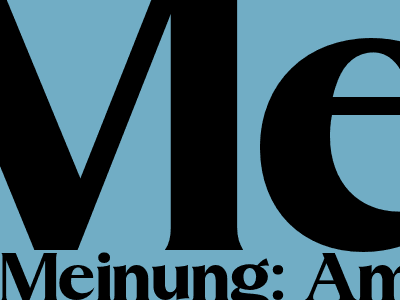
Never-Come-Back Coalition: Ampel's End
The Unstable Nature of the Traffic Light Alliance
Germany's political landscape is facing a potential shift as the "Ampel" coalition government, comprised of the Social Democrats (SPD), the Free Democrats (FDP), and the Greens, faces an uncertain future.
The coalition, formed after lengthy negotiations following the 2021 federal election, has been plagued by internal divisions and external challenges.
The three parties, representing a diverse range of political ideologies, have struggled to find common ground on key issues.
Growing Internal Conflicts
The FDP, the smallest party in the coalition, has been particularly vocal in its criticism of the government's policies, especially in the areas of economic recovery and fiscal discipline.
The Greens, on the other hand, have pushed for more ambitious climate action and social reforms, often clashing with the FDP's more conservative stance.
The SPD, led by Chancellor Olaf Scholz, has attempted to mediate between the two parties but has faced resistance from both sides.
External Pressures
The coalition has also been under pressure from outside forces, such as the ongoing war in Ukraine and the energy crisis in Europe.
The government's handling of these crises has been criticized by both the opposition and the public, further eroding support for the Ampel.
Recent opinion polls indicate that the coalition parties have lost significant ground, with the SPD dropping to its lowest level since 2006.
The Road Ahead
The future of the Ampel coalition remains uncertain.
Some analysts believe that the coalition may collapse before its term ends in 2025, while others suggest that it may limp along until the next election.
Regardless of its fate, the Ampel's demise would mark a significant shift in German politics and could lead to a period of instability and uncertainty.